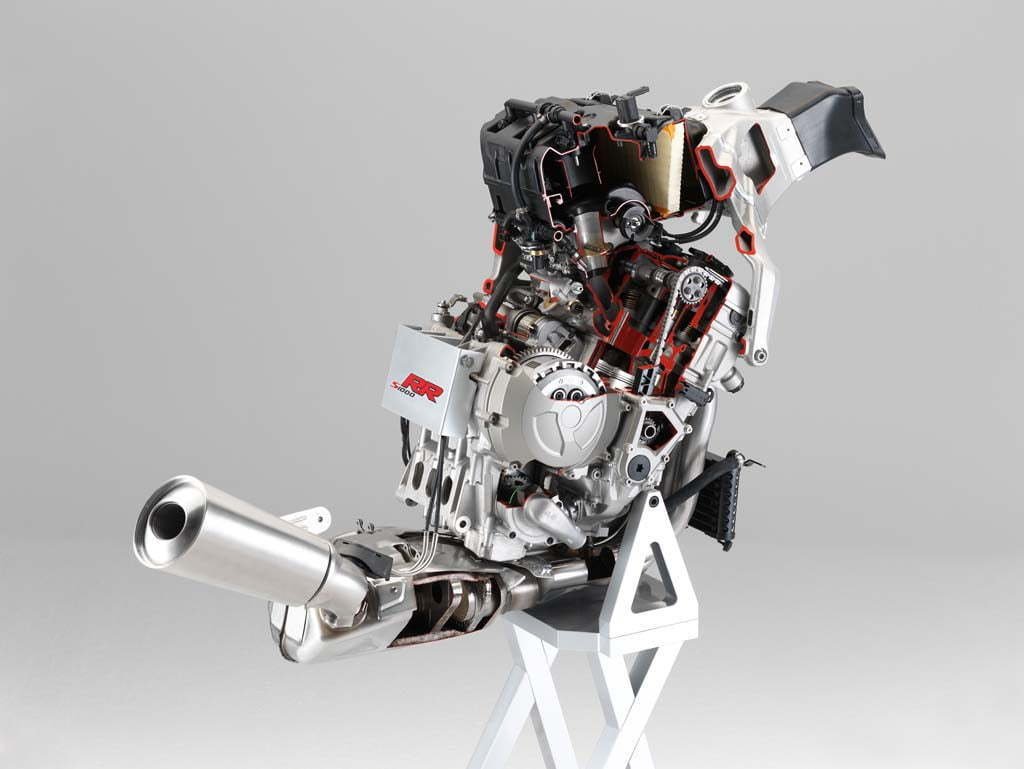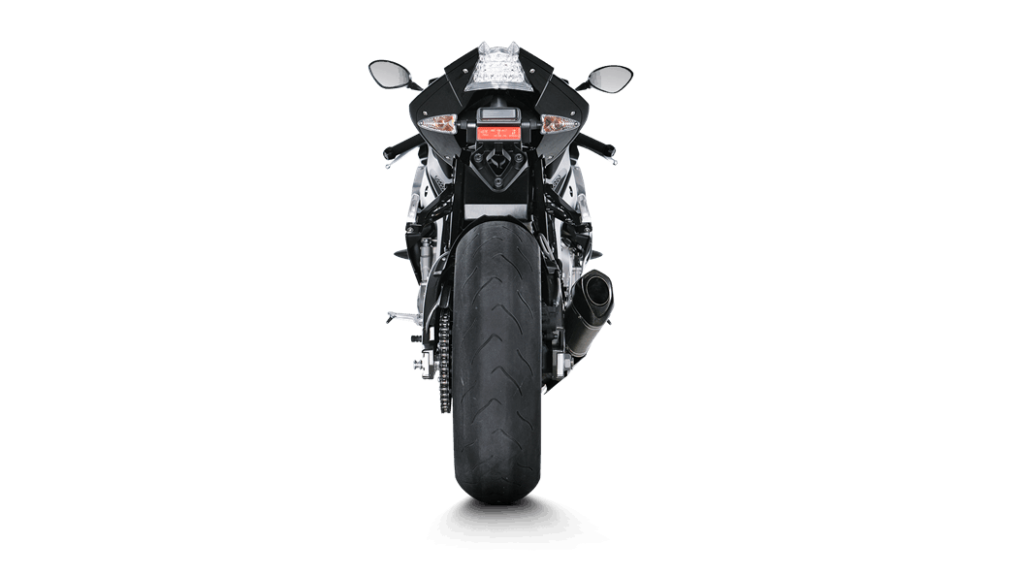2020 Bmw S1000rr Top Speed
2010 S1000RR one of the fastest
S1000RR 0-180 mph in 16.13 seconds!
Introduced back in 2010′ BMW's S1000RR came as a massive surprise to the industry and public. Not only was the new machine an actual proper BMW sport bike but one that would turn the litre class on its head, something that nobody saw coming.
We all knew how capable BMW were with their rich motorsport history and hugely successful range of M badged performance cars to say the least.
So, BMW know how to engineer and bring to market a competitive machine.
BMW being who they are we would have expected a proper BMW sports bike to be exceptionally good, but the German brands' first real attempt made anything from Japan or Europe pretty much second best from the get-go.
Designing an manufacturing a class leading sports bike is not easy. To even have a hope of achieving this massive feat the BMW S1000RR took a lot of inspiration from the once very dominant Suzuki GSX-R1000 from 2005, a bike that pretty much duffed-up all bikes that came before it.
The aim from the start was to beat the K5 GSX-R1000 in all areas of engine performance and handling. Job at hand was accomplished and the S1000RR made 20-30 more horsepower at the wheels versus its nearest rivals of the time and as a result absolutely dominated in a straight line.
The S1000RR dethroned Kawasaki's 08-10 ZX-10R which at the time was the fastest accelerating motorcycle from 0-180 mph as per Cycle World magazine 'Turn and Burn feature'.
BMW S1000RR Dyno Curve
How did the BMW S1000RR achieve such engine-performance supremacy?
The S1000RR with its 180-190 hp at the wheel had 20 hp over it's nearest rival at the time – the 2010 Kawasaki ZX-10R which at best made around 170 hp, a hugely impressive figure also.
The first generation of the S1000RR was amazing and certainly surpassed the K5 GSX-R1000 it set out to beat in terms of peak horsepower and lead the horsepower game right until 2015 when the 2015 Yamaha R1 joined the party
It wasn't all plain sailing though, as due to BMW's choice of a very 'over-square' engine design which at the time meant that the S1000RR had widest bore and shortest stroke (80.0mm x 49.7mm) in its class.
This meant that he S1000RR could rev higher and make more power than anything before, but as a result was lacking a little in the mid to low end comparably and in particular to Honda's 2008+ CBR1000rr and the GSX-R1000 that was the original benchmark to beat.
While this lack of bottom-end versus it is immediate rivals might have shown up on the road and under more sedate riding conditions, on the track it is was meaningless where engines if used properly, rarely drop below 8000 rpm on all but the slowest of corners.
Either way the BMW S1000RR engine was dominant on the road and track in almost any competitive situation and still matches or beats bikes that are much newer.

Taking a look at our Dyno chart the S1000RR makes a hugely impressive 185 hp at the wheels, which is still right up there 11 years on in 2021.
Remarkably the S1000RR curve looks eerily like the 2015 Yamaha YZF-R1 curve, a bike that was Yamaha's response to the dominant S1000RR.
The S1000RR's engine pretty much remained the same peak horsepower right through its 10-year life-cycle but later models benefited from more power and torque lower in the rev ranges through fuelling, cam and exhaust trickery.
The BMW S1000RR was a class leading engine 10 years ago, and it still makes more power than a 2017 CBR1000RR and is equal if not a tad under many 2021 models in terms of power and torque. It's an amazing achievement from BMW that came into the Superbike world and with a first attempt put a stock engine that was 10 years ahead of its time in terms of performance.
BMW S000RR Acceleration Review
S1000RR Acceleration
The 2010 BMW S1000RR is faster than many new Superbikes
The S1000R is well known for its straight-line performance world over and has been a benchmark bike to beat for the high performance motorcycle and car tuning scene.
Litre bikes from around 04 onward started to match and beat their Hyperbike siblings like the first gen Hayabusa and ZX-12R for acceleration. From 2008 onward with the new ( at the time) Kawasaki ZX-10R, litre bikes had the acceleration and now the top end to surpass open class bikes, all things being equal.
Even when the Gen 2 Hayabusa was launched as well as the ZX-14R stock for stock the BMW S1000RR still had them beat on acceleration due to having very similar peak power but weighing 50 kg less made this possible from anything but a dig.
The S1000RR has pretty much remained the fastest accelerating stock motorcycle arguably until the 2015 Yamaha R1 was released though not in the US due to extremely strict emission standards contributing to many of the Japanese litre plus motorcycles being some 10-20 horsepower down compared to the European spec bikes.
The S1000RR didn't seem to suffer on the dyno as much as its Japanese counterparts and still made 170 hp plus on most US dynos and was the fastest and favoured bike for many in the street racing scene.
To the stats.
The S1000RR has performance numbers that are extremely competitive even today and can accelerate from 0-60 mph in 2.96 seconds and 0-100 mph in 5.27 seconds.
The standing start quarter mile in under 10 seconds at 9.98/154 mph which is hugely impressive but a hard number to get.
Most of my times were in the mid tens with 147-149 mph terminal speeds. Many litre motorcycles of the last 15 years are capable of under 10 seconds, but some are harder to launch and require expert control, especially if they lack electronics that minimise wheelies though generally electronics should be off when chasing perfect ET's.
Many older motorcycles that can dip below 10s often have much lower terminal speeds in the 140s while the S1000RR shows it mighty top-end power with a high terminal velocity of 154 mph.
The BMW S1000RR can accelerate from 0-300 km/h in 20.51 seconds.
The S1000RR does not stop there and times an impressive 0-180 mph in only 16.13 seconds! This is a time that puts it slightly ahead of a 2015 Yamaha R1 which managed 16.28 seconds to the same benchmark but the R1 is very slowly reeling in the S1000RR after a slightly slower start.
The S1000RR also trumps the Panigale 1299 to 180 mph by around 2 seconds but loses out to the formidable Ducati Panigale V4 by almost 1.5 seconds. Top speed is typical of most litre bikes at 191 mph but unrestricted could possibly nudge 200 mph.
The S1000R suffers a little aerodynamically but was close to the limiter and just a little over where it makes peak HP.
Check out the latest S1000RR HERE
BMW S1000RR Specifications

Source: https://motostatz.com/2010-bmw-s1000rr/

0 Komentar